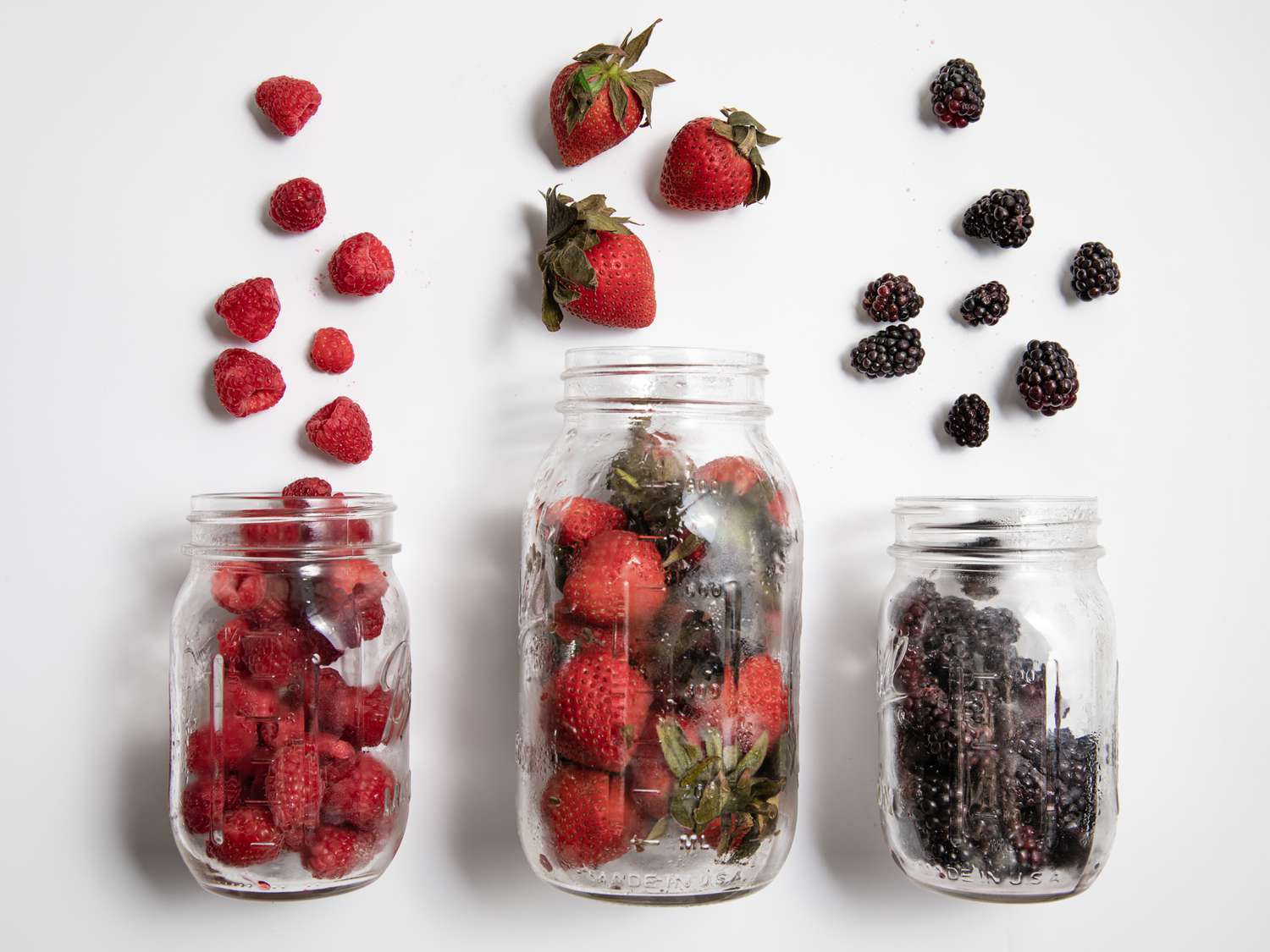

Articles
How To Store Strawberries And Blueberries
Modified: January 8, 2024
Learn how to store strawberries and blueberries properly with these helpful articles. Keep your berries fresh and delicious for longer periods of time.
(Many of the links in this article redirect to a specific reviewed product. Your purchase of these products through affiliate links helps to generate commission for Storables.com, at no extra cost. Learn more)
Introduction
Strawberries and blueberries are delicious and nutritious fruits that are prized for their sweet and tangy flavors. Whether you have an abundance of these berries from your garden or have bought them fresh from the market, it’s important to know how to store them properly to maintain their freshness and flavor.
Proper storage is crucial to ensure that strawberries and blueberries remain at their peak and don’t spoil quickly. By following the right techniques, you can extend the shelf life of these berries and enjoy their delectable taste for longer.
In this article, we will explore the best practices for storing strawberries and blueberries to keep them fresh and delicious. We will also cover how to assess fruit quality, the types of containers and packaging that work best, as well as the optimal storage temperatures and methods for freezing these berries.
So, whether you plan to enjoy them in your morning smoothie, use them as a topping for desserts, or simply savor them as a healthy snack, read on to discover the secrets of keeping strawberries and blueberries fresh and flavorful for an extended period.
Key Takeaways:
- Proper storage of strawberries and blueberries is crucial for maintaining their freshness and flavor. From harvesting to refrigeration, following the right techniques can extend the shelf life of these delightful fruits.
- Freezing strawberries and blueberries is an excellent long-term storage option, allowing you to enjoy their delicious taste throughout the year. Thawed berries can be used in a variety of culinary creations, adding bursts of fruity flavor to your dishes.
Read more: How To Store Blueberry Pie
Proper Harvesting and Handling of Strawberries and Blueberries
Harvesting strawberries and blueberries at the right time and handling them properly is essential to ensure their quality and taste. Here are some important guidelines to follow:
1. Harvesting Strawberries: Strawberries should be picked when fully ripe, which is indicated by their bright red color and sweet aroma. Gently twist or snip the stem just above the berry to avoid damaging the fruit. Avoid picking strawberries that are overripe or have signs of mold or rot.
2. Harvesting Blueberries: Blueberries are ready for picking when they are deep blue or purple in color. Choose berries that have a slight powdery appearance and a firm texture. Harvest blueberries by gently plucking them from the stem, being careful not to squeeze or crush the berries.
3. Handling Strawberries: Handle strawberries with care to prevent bruising or crushing. Place them gently in a shallow container or basket, making sure not to stack them too high. Avoid washing strawberries before storage as excess moisture can promote spoilage.
4. Handling Blueberries: Blueberries are more delicate than strawberries, so handle them carefully to prevent bruising. Place them in a shallow container or basket, making sure not to pack them too tightly. Rinse blueberries gently with cool water just before consuming or storing.
By following these guidelines for harvesting and handling, you can ensure that the strawberries and blueberries retain their freshness and flavor throughout the storage process.
Assessing Fruit Quality
Assessing the quality of strawberries and blueberries is crucial before storing them. By selecting the best-quality berries, you can ensure a longer shelf life and better flavor. Here are some factors to consider when assessing fruit quality:
1. Appearance: Look for berries that have a vibrant color and a glossy sheen. They should be free from blemishes, bruises, or signs of mold. Avoid berries that appear wilted, shriveled, or overly soft.
2. Texture: Berries should have a firm texture, neither too soft nor too hard. Gently squeeze a few berries to check their texture. Avoid berries that feel mushy or have a squishy consistency.
3. Aroma: Both strawberries and blueberries should have a pleasant and sweet aroma. Sniff the berries to check their fragrance. If they have a strong, sour smell or no smell at all, they may not be fresh.
4. Size: While size does not necessarily determine the quality of the fruit, it can be an indication of the variety. Larger berries may have a slightly different taste compared to smaller ones. Choose berries that are uniform in size for consistent quality.
5. Taste: If possible, taste a couple of berries to ensure their flavor is sweet and well-balanced. Ripe strawberries should be sweet with a slight tang, and blueberries should have a sweet and mildly tart flavor.
By carefully assessing the quality of strawberries and blueberries before storing them, you can select the best fruit for consumption and increase the chances of them staying fresh for longer.
Best Storage Practices for Strawberries and Blueberries
To ensure the longevity and freshness of your strawberries and blueberries, it’s important to follow the best storage practices. Here are some tips:
1. Keep them dry: Moisture is the enemy when it comes to storing berries. Before storing, make sure the berries are completely dry. Excess moisture can cause berries to rot quickly. If washing is necessary, do so right before consumption or use a paper towel to gently pat them dry.
2. Remove damaged berries: Inspect the batch of strawberries and blueberries and remove any damaged or spoiled berries, as they can accelerate the spoiling process of others.
3. Store in a single layer: Avoid stacking or overcrowding strawberries and blueberries in containers. Place them in a single layer to allow proper air circulation, which helps maintain freshness and prevents the spread of mold.
4. Use breathable containers: Opt for containers that allow for ventilation, such as shallow baskets or food-grade plastic containers with small holes or perforations. These containers prevent excessive moisture build-up while still protecting the berries.
5. Keep them cool: Strawberries and blueberries are sensitive to heat and can spoil quickly if exposed to warm temperatures. Store them in the refrigerator at a temperature between 32-40°F (0-4°C). Keep them away from direct sunlight or heat sources like the stove or countertop.
6. Avoid washing before storing: It’s best to avoid washing strawberries and blueberries before storing them. They should be washed right before consuming to prevent the introduction of additional moisture.
By following these storage practices, you can maximize the shelf life of strawberries and blueberries and enjoy their freshness for an extended period.
Containers and Packaging for Storage
The choice of containers and packaging plays a crucial role in preserving the quality and freshness of strawberries and blueberries during storage. Here are some options to consider:
1. Shallow baskets: Shallow baskets made of food-safe materials, such as wicker or plastic, are a popular choice for storing berries. These baskets allow for proper air circulation, preventing moisture build-up and maintaining the berries’ freshness. Make sure the baskets have small gaps or perforations to allow ventilation.
2. Food-grade plastic containers: Clear, plastic containers with small holes or perforations are another practical option. These containers offer good visibility and ventilation for the berries. Choose containers specifically designed for food storage and ensure they are clean and dry before use.
3. Punnets: Punnets, which are small, plastic clamshell containers, are often used to package and store berries. They offer convenience and protection for the berries, but it’s important to choose punnets with proper ventilation to prevent moisture accumulation.
4. Zip-top bags: If you don’t have specialized containers, zip-top bags can be a handy alternative. Opt for high-quality freezer bags that are durable and seal tightly. Fill the bags with berries, remove excess air, and seal them carefully. This method is particularly useful for freezing berries.
Remember to always choose containers and packaging that are clean and in good condition. Avoid using containers that may have previously contained non-food items or chemicals.
In addition to proper containers, ensure the berries are not packed too tightly, allowing for some room between them. Avoid squashing or pressing down on the berries, as this can lead to bruising and spoilage.
By selecting the right containers and packaging, you can protect the berries from damage, maintain their freshness, and extend their shelf life.
Store strawberries and blueberries in the refrigerator in a single layer on a paper towel-lined container to prevent moisture buildup and mold. Keep them unwashed until ready to eat to extend their shelf life.
Read more: How To Store Blueberries In Tupperware
Refrigeration Techniques
Refrigeration is one of the most effective methods to extend the shelf life of strawberries and blueberries. Properly storing these berries in the refrigerator can help preserve their freshness and flavor. Here are some refrigeration techniques to follow:
1. Sort and prep: Before refrigerating strawberries and blueberries, sort through them to remove any damaged or overripe berries. It’s also helpful to remove any stems or leaves that may accelerate spoilage. Keeping only the best quality berries ensures they stay fresh for longer.
2. Keep them dry: Moisture is a common issue that can cause berries to spoil quickly. Before storing in the refrigerator, make sure the berries are dry. Using a paper towel, gently pat them dry, or let them air dry for a few minutes. Excess moisture can lead to mold or fungal growth.
3. Store in airtight containers: Place the sorted and dried berries in airtight containers or sealable plastic bags to prevent the absorption of odors from other foods in the refrigerator. Opt for containers with proper ventilation, allowing for air circulation while keeping the berries protected.
4. Temperature control: Set your refrigerator to a temperature between 32-40°F (0-4°C) to keep strawberries and blueberries fresh. Avoid placing them in the coldest parts of the fridge, such as the back corners or near the freezer vents, as extreme cold can damage the berries.
5. Avoid washing before storage: It’s best to avoid washing strawberries and blueberries before refrigerating them. Washing introduces moisture, which can promote spoilage. Instead, rinse them just before consumption or use.
6. Proper placement: Find a designated space in your refrigerator where you can place the containers of strawberries and blueberries. Position them away from strong-smelling foods, such as onions or garlic, as berries can absorb odors easily.
By implementing these refrigeration techniques, you can maximize the freshness and shelf life of strawberries and blueberries, ensuring you can enjoy them for an extended period.
Freezing Strawberries and Blueberries
If you have an abundance of strawberries and blueberries, freezing them is a great way to preserve their freshness for future use. Here’s how to freeze strawberries and blueberries:
1. Prepare the berries: Start by sorting through the berries and removing any damaged or overripe ones. Rinse them gently under cool water to remove any dirt or debris. Pat them dry with a paper towel or let them air dry completely.
2. Freezing strawberries:
- Remove the stems: Cut off the green stems and hull the strawberries, removing any white core.
- Slice if desired: You can choose to slice the strawberries into smaller pieces if preferred.
- Spread on a baking sheet: Place the prepared strawberries in a single layer on a baking sheet lined with parchment paper or a silicone mat.
- Flash freeze: Put the baking sheet in the freezer and allow the strawberries to freeze for a few hours until they harden.
- Transfer to a freezer bag or container: Once the strawberries are frozen, transfer them to a labeled freezer bag or airtight container. Squeeze out excess air before sealing tightly.
3. Freezing blueberries:
- Rinse and dry: Rinse the blueberries gently under cool water and pat them dry with a paper towel or let them air dry.
- Spread on a baking sheet: Similar to strawberries, place the dry blueberries in a single layer on a baking sheet lined with parchment paper or a silicone mat.
- Flash freeze: Put the baking sheet in the freezer and allow the blueberries to freeze for a few hours until they harden.
- Transfer to a freezer bag or container: Once frozen, transfer the blueberries to a labeled freezer bag or airtight container. Remove any excess air and seal tightly.
4. Storage duration: Properly frozen strawberries and blueberries can be stored in the freezer for up to 6-12 months. Be sure to label the containers with the date of freezing for easy reference.
When you’re ready to use the frozen berries, there’s usually no need to thaw them. They can be used directly in smoothies, baked goods, or as toppings for yogurt or oatmeal. If you prefer to thaw them, place the desired amount in the refrigerator overnight or at room temperature for a few hours.
By freezing strawberries and blueberries, you can enjoy the taste of freshly picked berries even when they’re out of season.
Thawing and Using Frozen Berries
Frozen strawberries and blueberries can be a convenient and versatile ingredient to have on hand for various culinary purposes. Here are some methods for thawing and using frozen berries:
1. Thawing methods:
- Refrigerator thawing: Place the desired amount of frozen berries in a bowl or container and thaw them in the refrigerator overnight. This slow thawing process helps retain their texture and prevents excessive moisture accumulation.
- Room temperature thawing: If you need to thaw the berries quickly, you can leave them at room temperature for a few hours until they defrost. Keep in mind that this method may result in slightly softer berries compared to refrigerator thawing.
2. Using thawed berries:
- As toppings: Thawed strawberries and blueberries can be used as delicious toppings for pancakes, waffles, yogurt, oatmeal, or desserts like cakes and ice cream.
- In smoothies: Blend the thawed berries with other ingredients to create flavorful and nutritious smoothies. Add some yogurt, milk or juice, and a sweetener of your choice for a refreshing beverage.
- In baked goods: Thawed berries can be used in recipes for muffins, pies, tarts, or cobblers. Gently fold them into the batters or fillings to add bursts of fruity flavor.
- In sauces and jams: Thawed berries can be cooked down into flavorful sauces, compotes, or jams. Simmer them on the stovetop with a sweetener and spices of your choice to create versatile condiments.
It’s important to note that the texture of thawed berries may be slightly softer compared to fresh ones. However, they still retain their delicious taste and can be enjoyed in a variety of dishes and preparations.
If you have leftover thawed berries, you can store them in the refrigerator for a couple of days, but it’s best to use them as soon as possible to maintain their freshness and flavor.
With frozen berries on hand, you can enjoy the vibrant taste of summer all year round and explore various culinary creations.
Tips for Extending Shelf Life
To maximize the shelf life and freshness of strawberries and blueberries, consider implementing the following tips:
1. Store unwashed: It’s best to store strawberries and blueberries unwashed. Moisture can promote spoilage, so it’s important to keep the berries as dry as possible. Wash them only right before consuming to minimize the introduction of excess moisture.
2. Remove damaged berries: Regularly check your stash of berries and remove any that show signs of mold, rot, or excessive bruising. Damaged berries can accelerate the spoiling process of other berries, so it’s important to discard them promptly.
3. Freezing for long-term storage: If you have more berries than you can consume within a short period, consider freezing them for long-term storage. Properly frozen strawberries and blueberries can retain their quality for up to 6-12 months. Follow the proper freezing techniques mentioned earlier in this article.
4. Use a straw method for strawberries: To remove the stems of strawberries without losing their flavorful juice, use a straw. Simply insert the straw from the bottom of the strawberry and push it through the top, removing the stem and core. This method helps preserve the integrity of the fruit and prolongs its shelf life.
5. Keep them cool during transportation: If you’re bringing berries home from the market or a pick-your-own farm, make sure to transport them in a cool environment. Consider bringing a cooler bag or packing them with ice packs to prevent them from overheating during transportation.
6. Repurpose overripe berries: If you have overripe berries that are not suitable for fresh consumption, consider using them in other ways. Blend them into smoothies, make homemade fruit sauces or syrups, or use them in baking recipes. This way, you can still enjoy their delicious flavor while reducing food waste.
7. Rotate stored berries: If you are storing strawberries or blueberries in the refrigerator, make sure to rotate them regularly. Use the oldest berries first to prevent them from spoiling. This way, you’ll always have the freshest berries available for consumption.
By following these tips, you can extend the shelf life of strawberries and blueberries, reducing waste and ensuring that you can enjoy their delicious flavors for longer periods of time.
Read more: How To Store Washed Blueberries
Conclusion
Proper storage of strawberries and blueberries is essential to ensure their freshness, flavor, and nutritional value. By following the right techniques, you can extend the shelf life of these delightful fruits and enjoy their deliciousness for a longer period of time.
From harvesting and handling to assessing fruit quality, we covered various aspects of storing strawberries and blueberries. Sorting through the berries, removing damaged ones, and keeping them dry are important steps in maintaining their freshness. Using breathable containers and packaging, and storing them in the refrigerator at the appropriate temperature, will help preserve their quality.
For long-term storage, freezing strawberries and blueberries is an excellent option. Properly frozen berries can be enjoyed throughout the year in smoothies, baked goods, or as delectable toppings. When thawing frozen berries, different methods exist to suit your time and culinary needs.
Implementing our tips for extending shelf life, such as storing unwashed berries, removing damaged fruits, and repurposing overripe ones, can help reduce waste and ensure you get the most out of your strawberries and blueberries.
In conclusion, by following these guidelines, you can savor the sweetness and tanginess of strawberries and blueberries for an extended period, whether you grow them in your own garden or purchase them from the market. Proper storage practices not only retain their taste but also preserve important vitamins and antioxidants found in these delightful fruits. So, go ahead and store your berries with care to keep them fresh, delicious, and ready to be enjoyed in your favorite recipes or as a healthy snack.
Frequently Asked Questions about How To Store Strawberries And Blueberries
Was this page helpful?
At Storables.com, we guarantee accurate and reliable information. Our content, validated by Expert Board Contributors, is crafted following stringent Editorial Policies. We're committed to providing you with well-researched, expert-backed insights for all your informational needs.
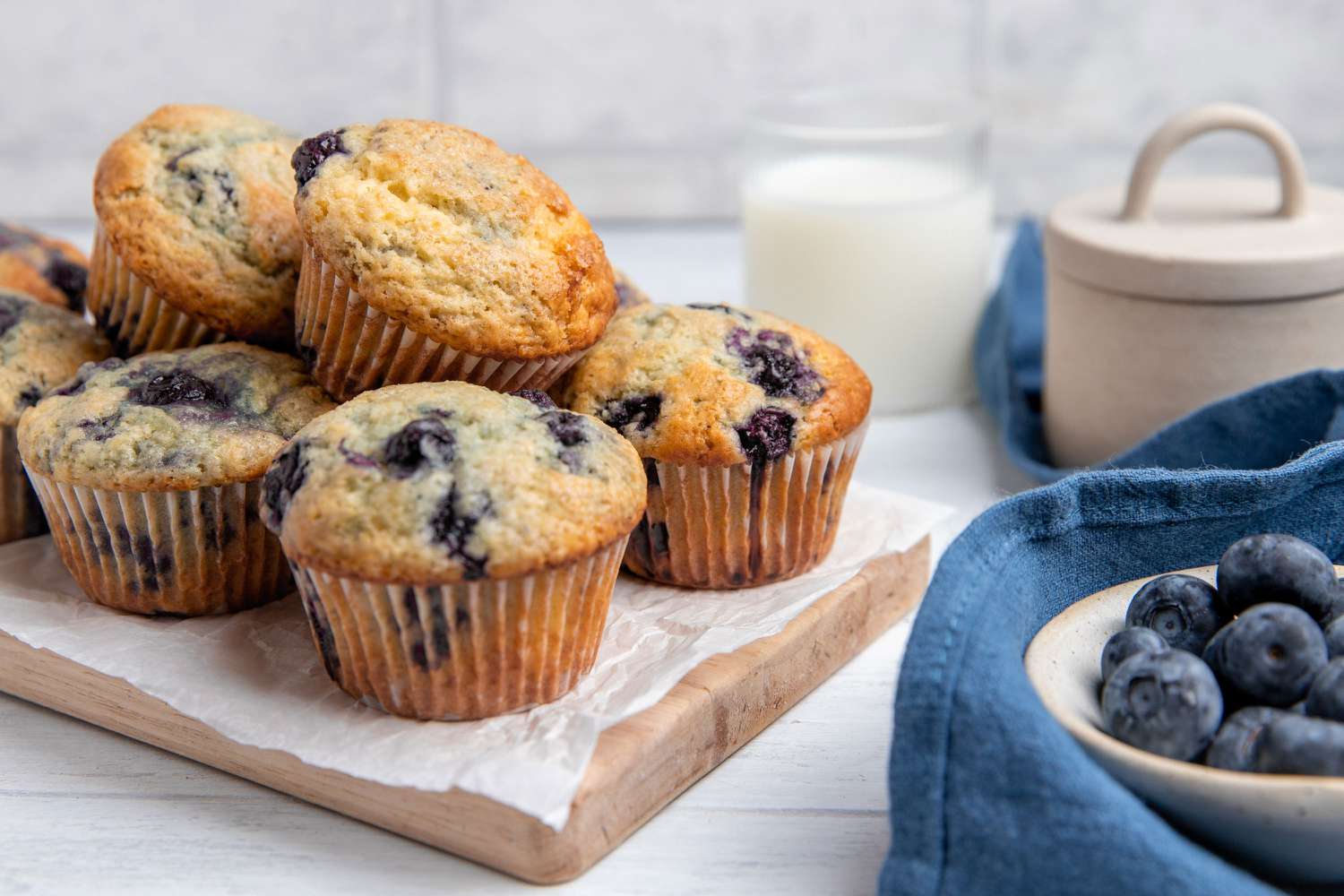
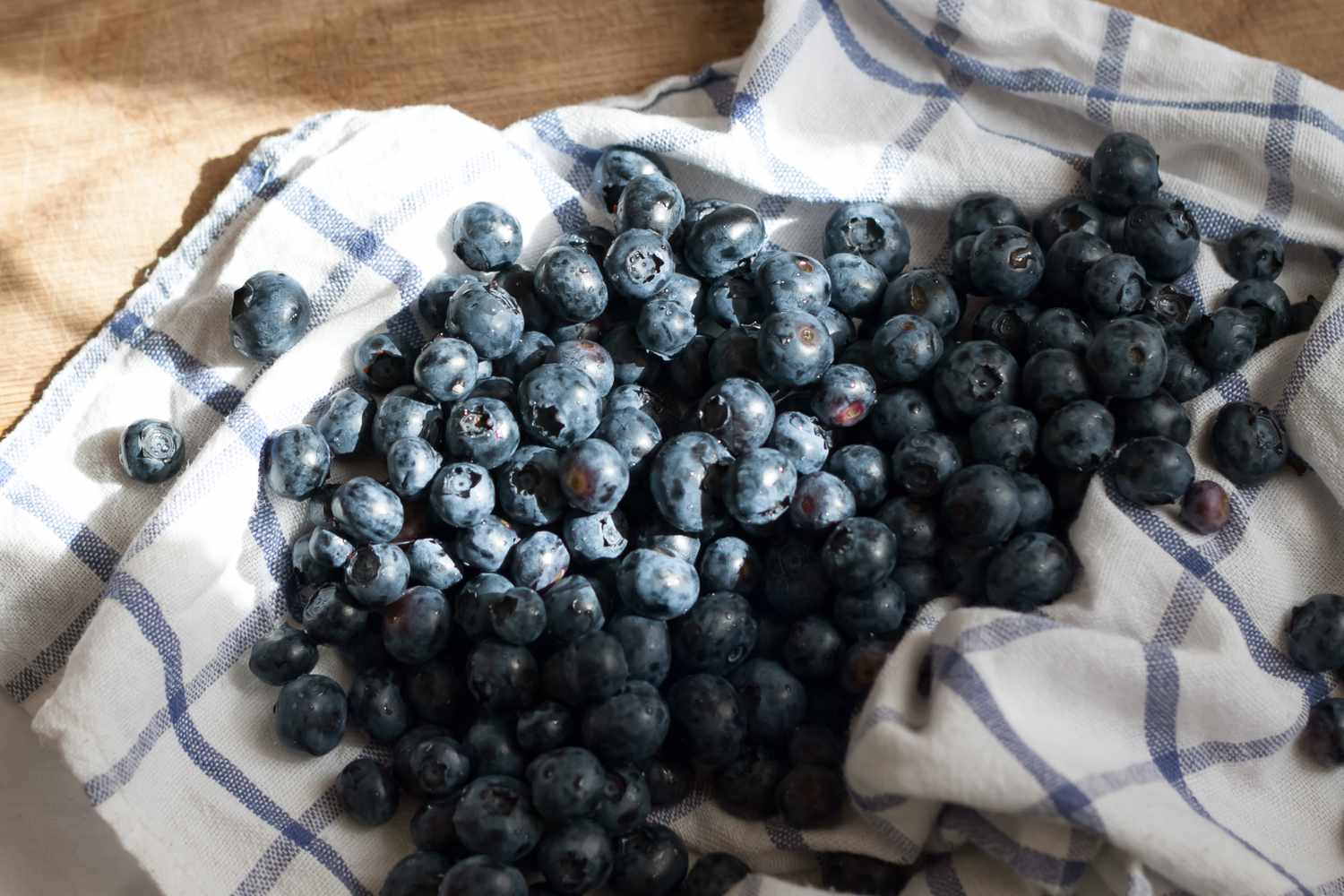
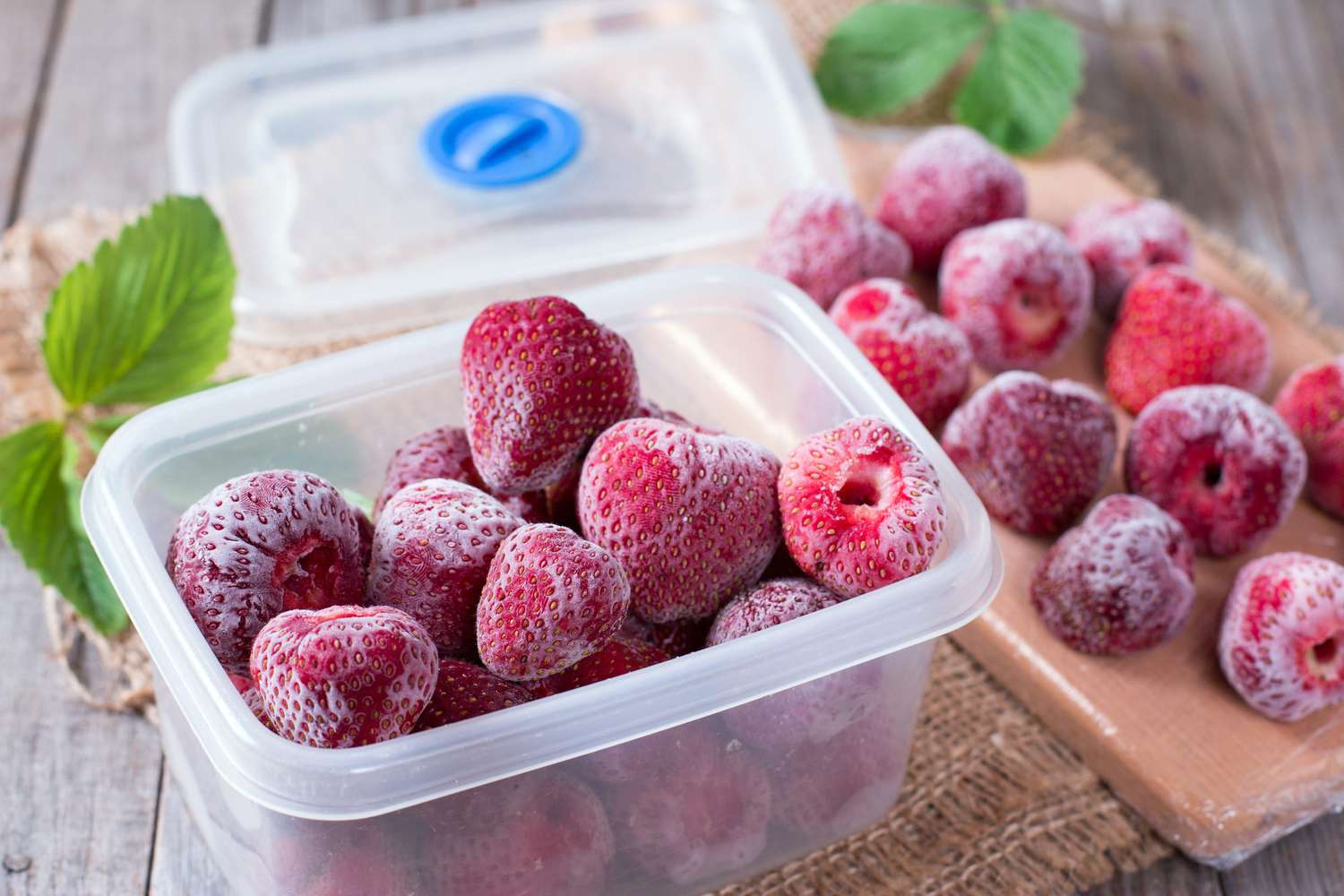
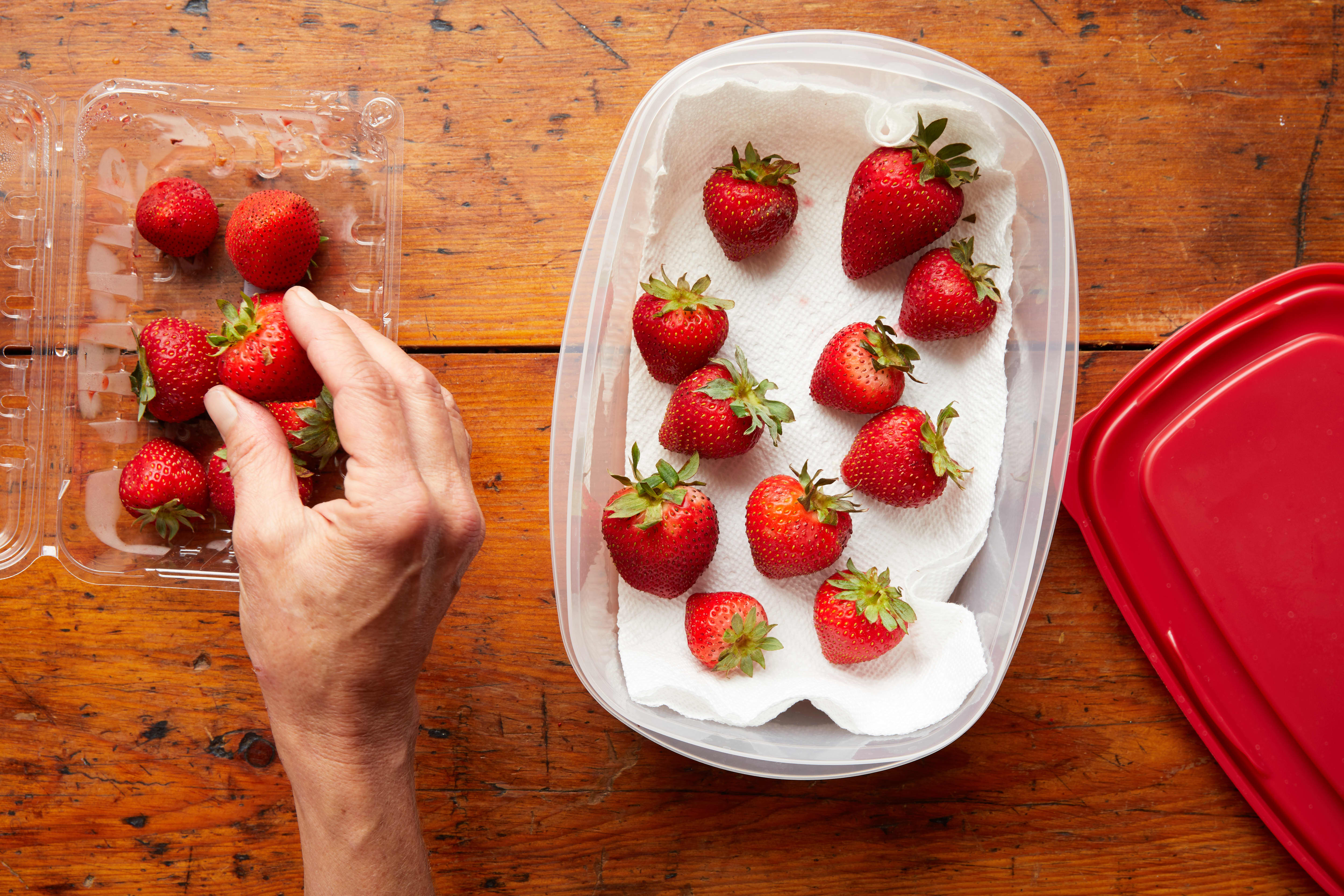
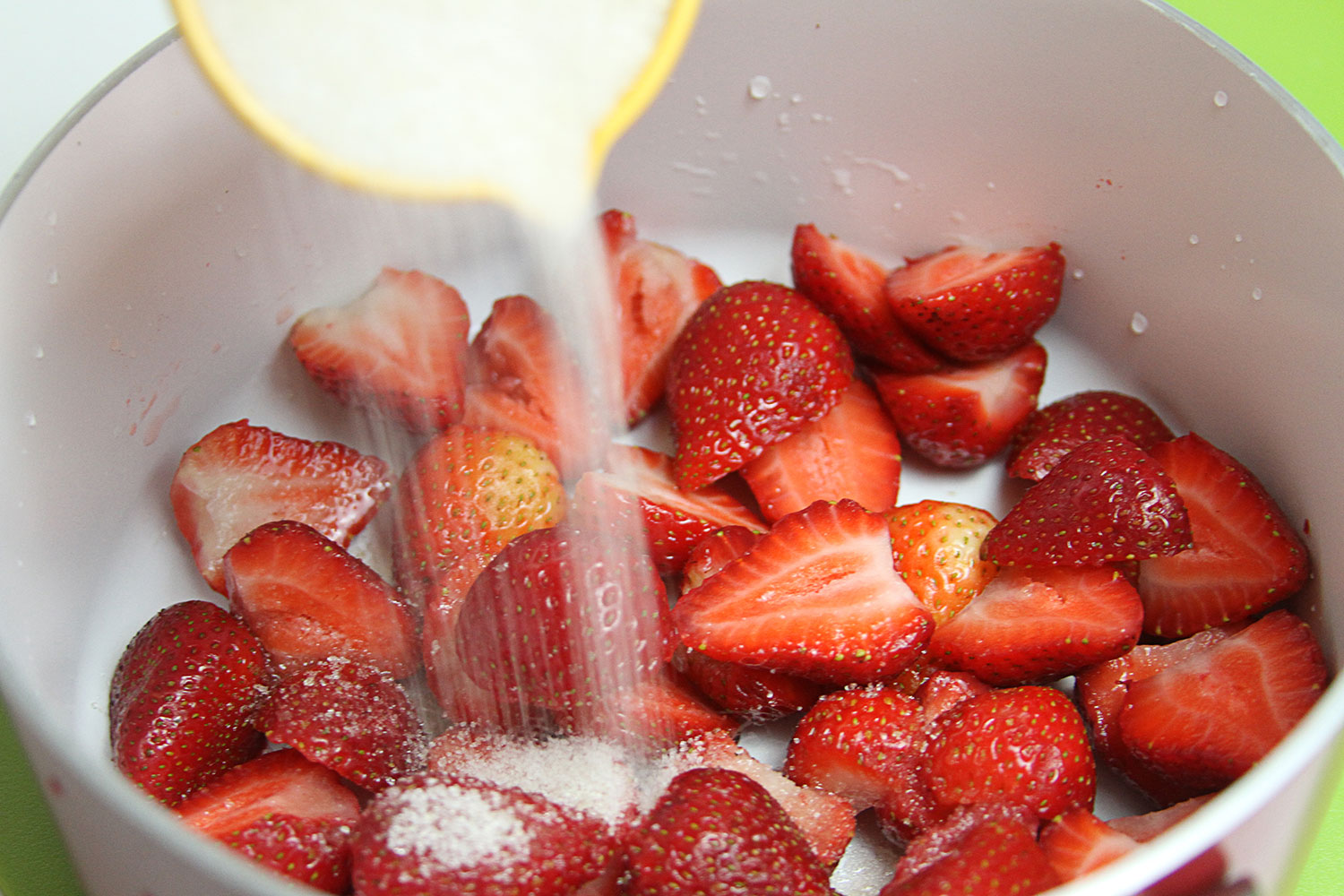
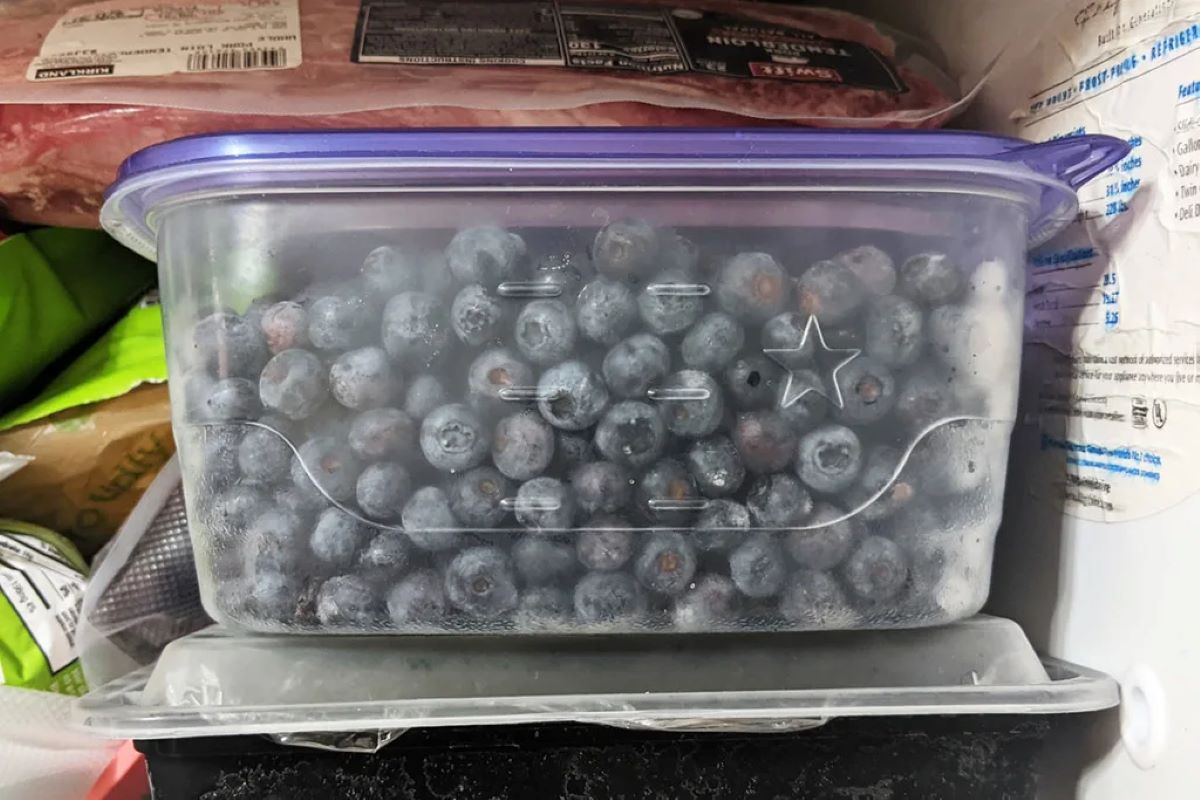
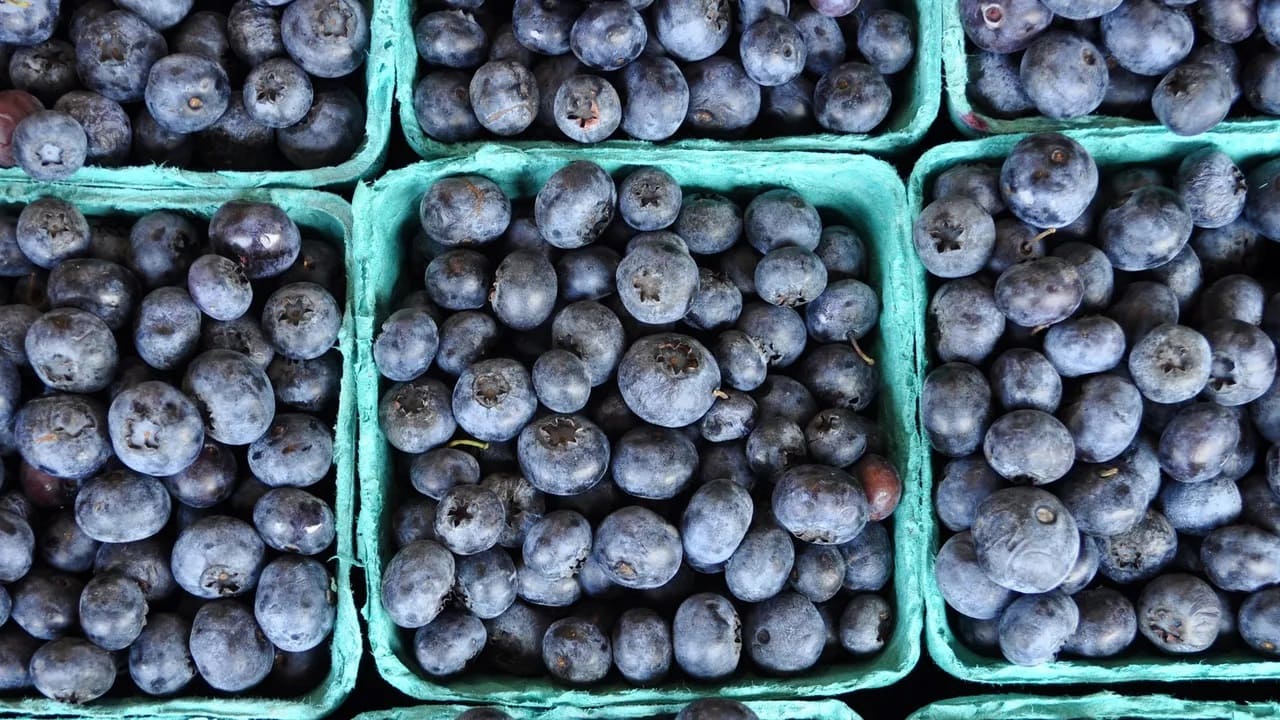
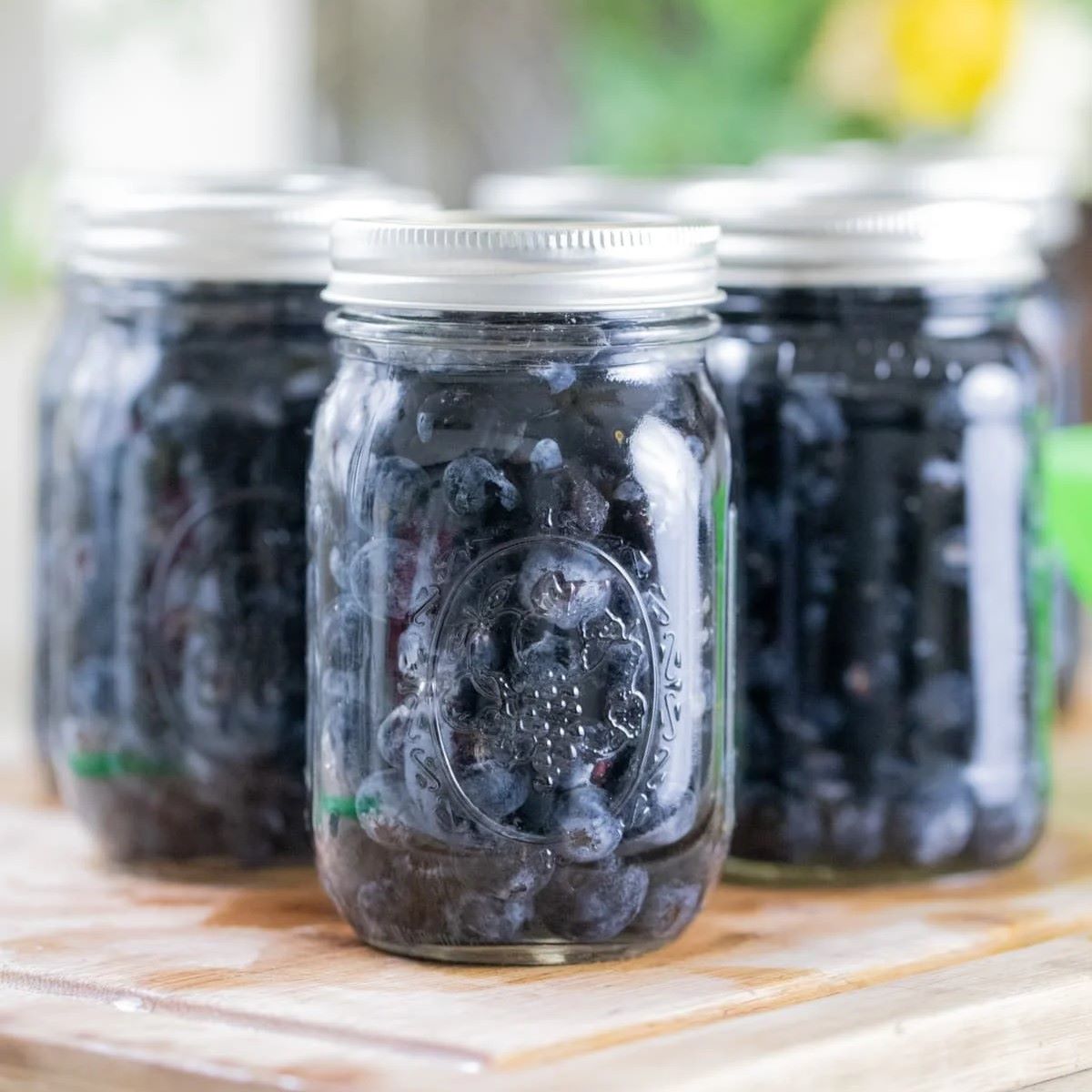
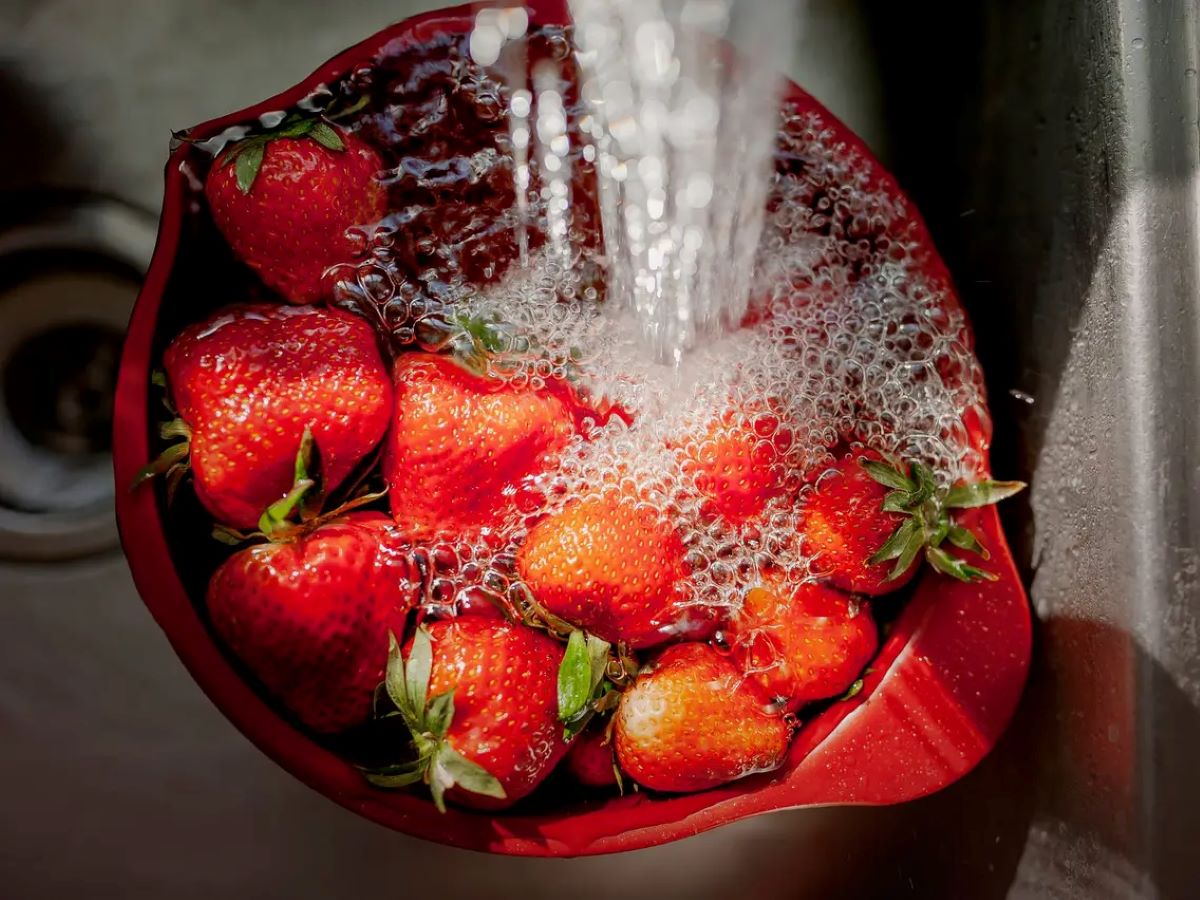
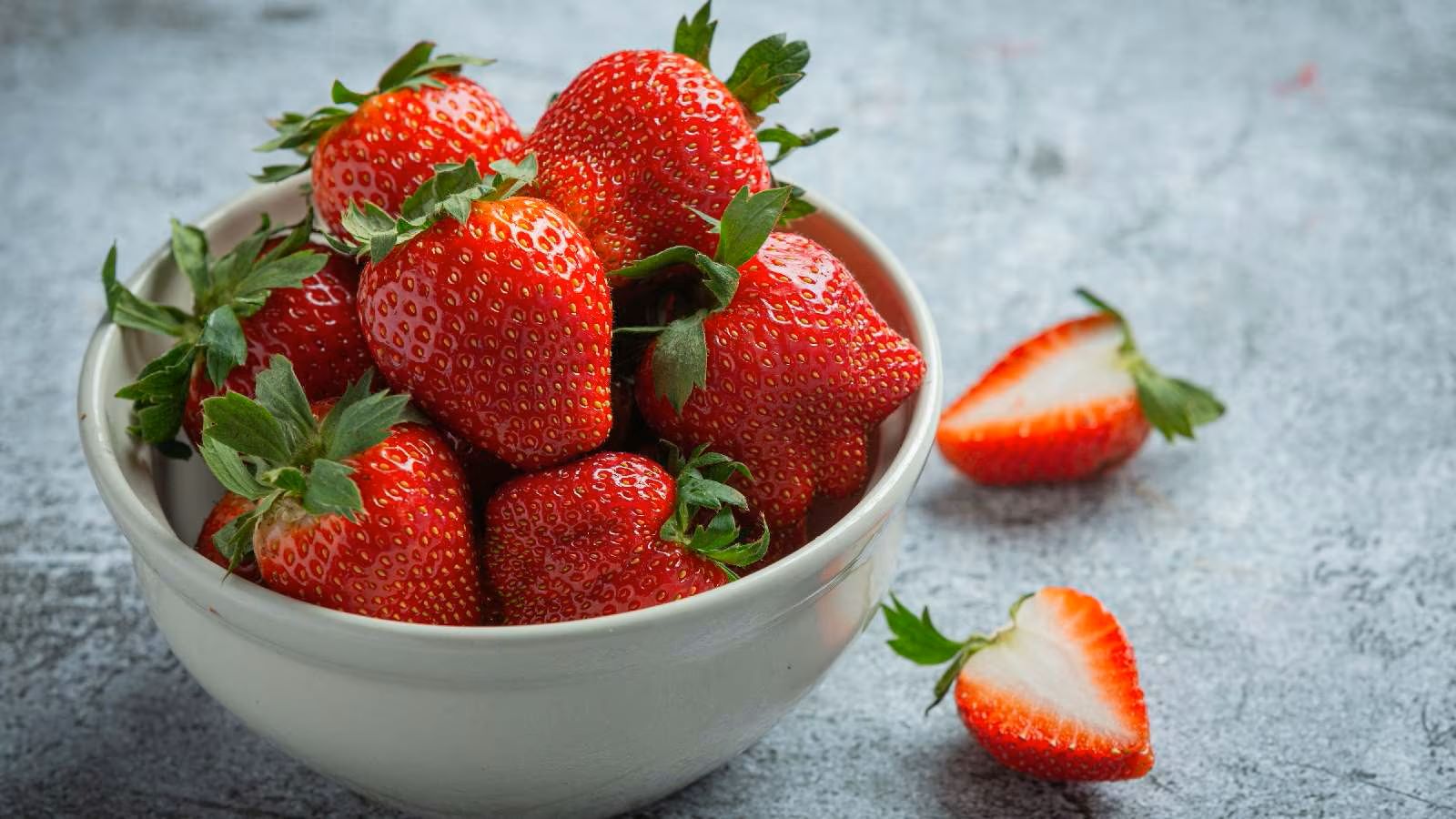
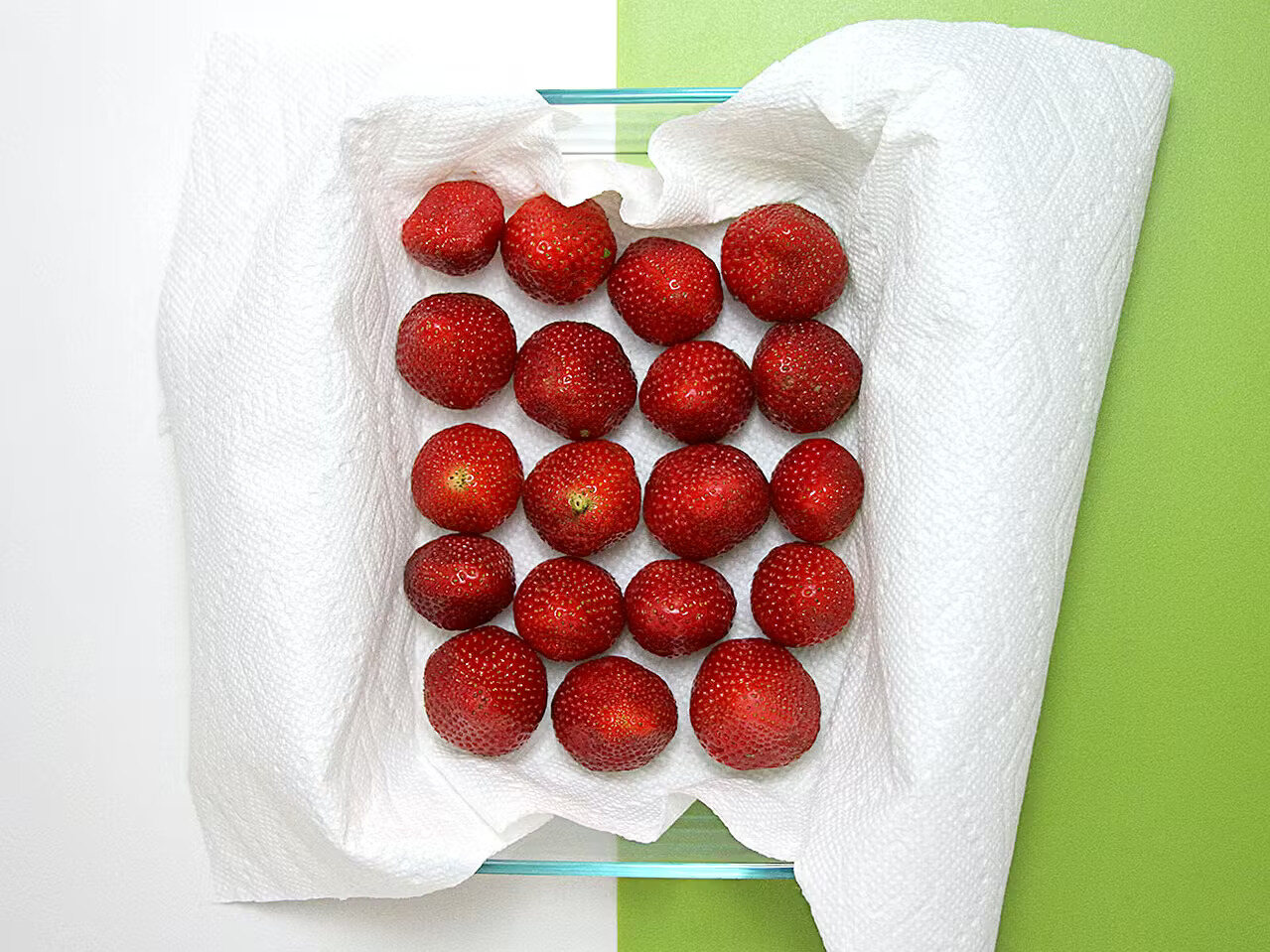
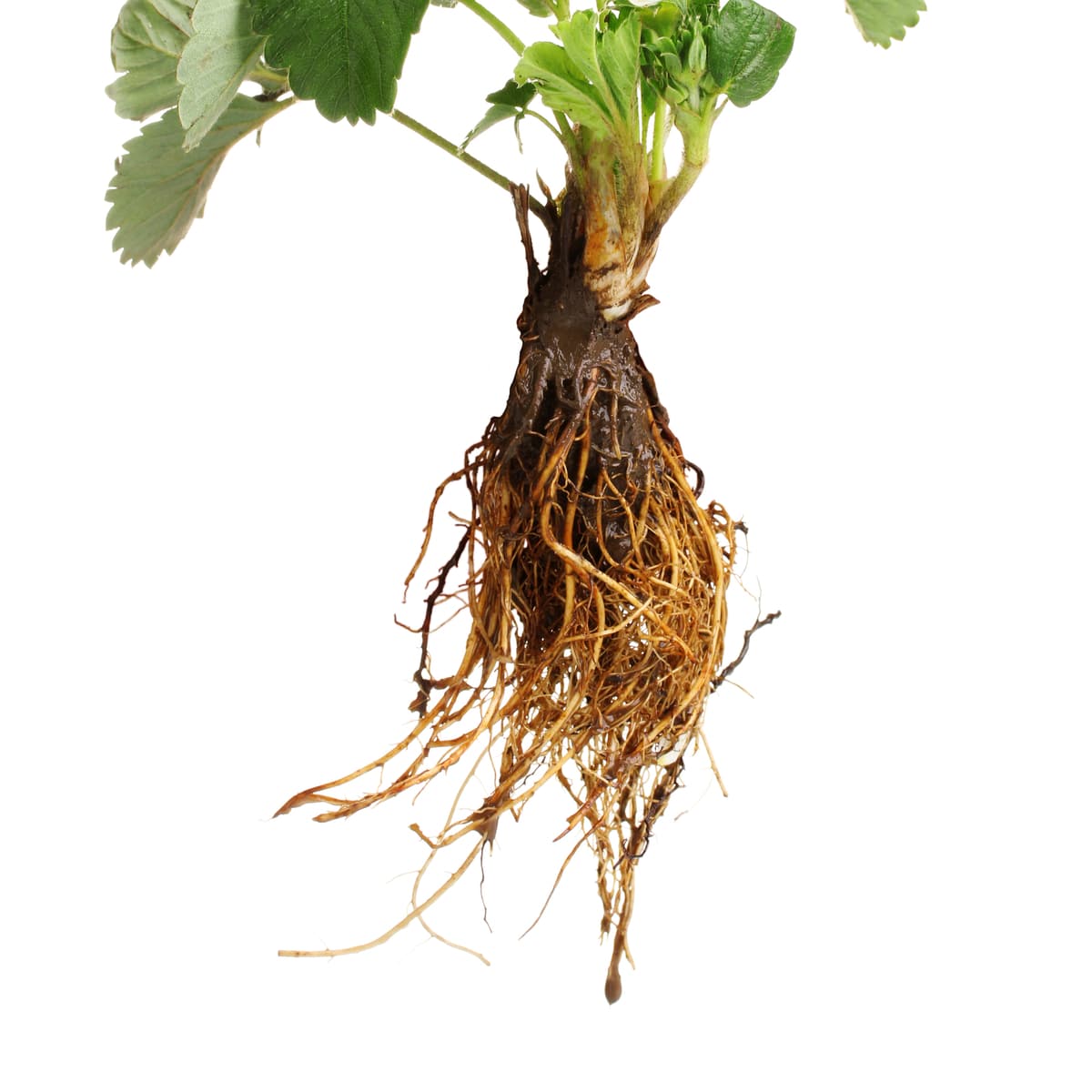
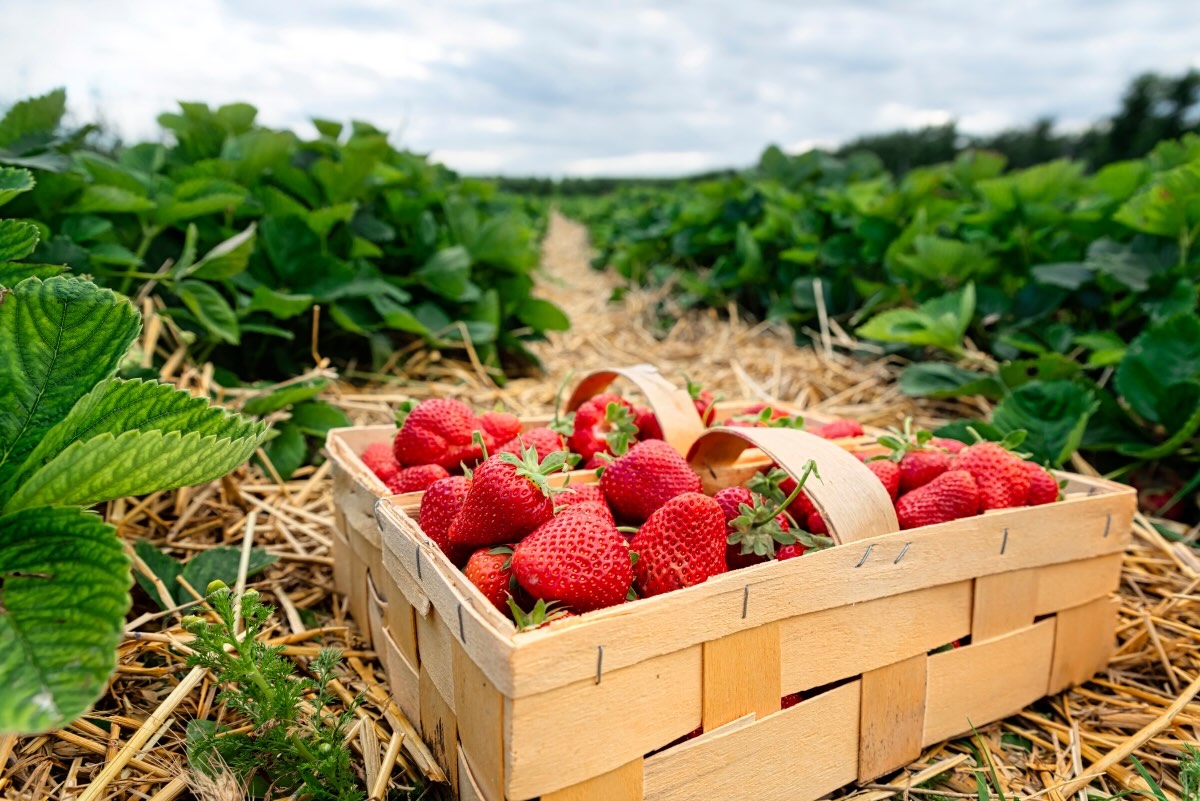

0 thoughts on “How To Store Strawberries And Blueberries”